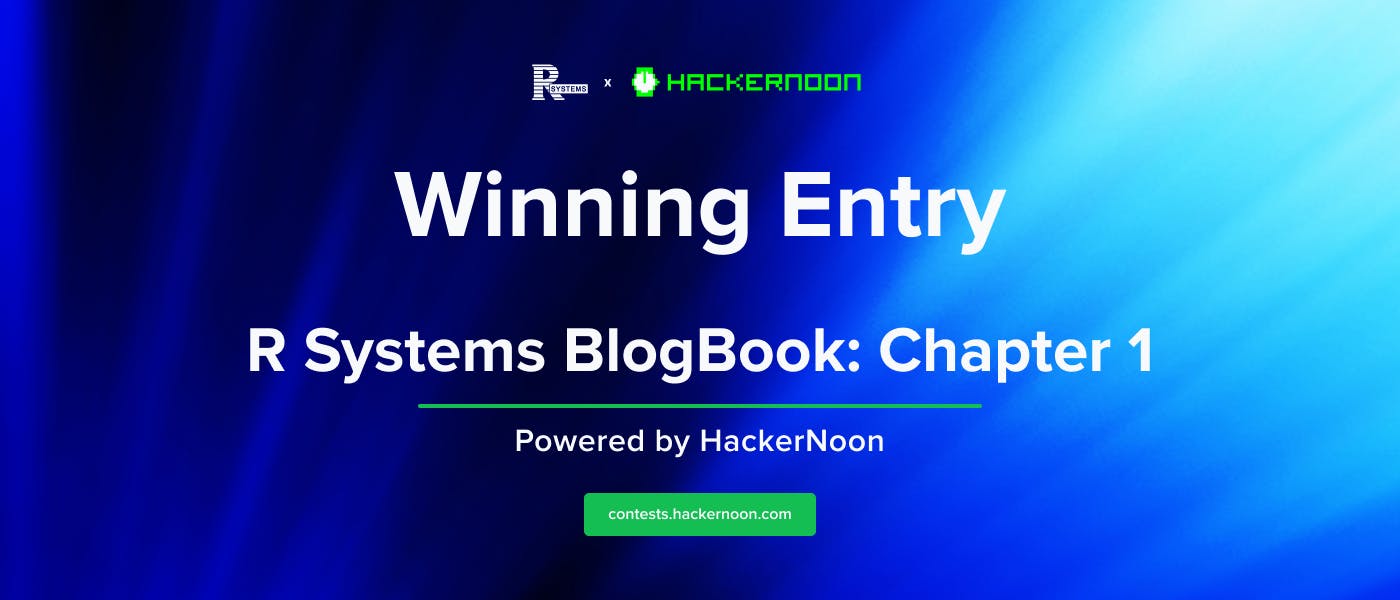Hackers are equipped with all modern technologies involving artificial intelligence, machine learning, attack generation simulators, and automation to infiltrate the enterprise network and access sensitive information. Gone are the days of traditional ways of guessing passwords to enter computer systems; hackers use easily accessible credentials from old leaked information from Internet-hosted databases, forums, etc. Now, in the modern world, criminals can easily enter computer systems without much effort or cost.
In such a tempestuous threat landscape, reactive security is not helping organizations safeguard against evolving cyber threats. Instead, organizations must strengthen their security posture by early forecasting futuristic attacks.
The expert question is not about the lack of security tools and expertise, but accurate cyber threat intelligence to predict futuristic cyber attacks. In this article, I’ll elaborate on the essential requirements of proactive cyber threat intelligence, why it’s the need of the hour for any organization, and how organizations can leverage it to stay ahead in this battle.
Let’s dive deeply into proactive cyber threat intelligence and current trends.
What is Cyber Threat Intelligence?
Cyber threat intelligence is actionable knowledge involving systematic information gathering and analyzing data to identify current and potential future threats. CTI enhances an organization’s cyber resilience, including threat detection, incident response, and protection against futuristic cyber attacks. This information can be indicators of compromises (IoCs) in the form of IP, URL, Domain, Malware Hash, or contextual information about current or emerging cyber threats, tactics, and procedures cyber criminals use.
The importance of CTI has shifted from merely an IT operation tool; CTI has become the brain of the organization’s security protection and has now become an essential component discussed in board meetings, signifying its importance in organizational resilience and business operation continuity. The CTI process is a dynamic and iterative process that continuously evolves and adapts as per the organization’s requirements.
Why is Cyber Threat Intelligence a Must for an Organization’s Cyber Resilience?
In the current cybersecurity threat landscape, organizations must change their approach to build a robust cyber-resilient system.
The following are some factors why cyber threat intelligence helps in building a strong cyber-resilient system:
-
Pre-emptive cyber threat identification and mitigation
In the current era of the digital world, the organization must change their gear to a proactive approach. Threat intelligence allows organizations to identify potential cyber threats proactively, enabling them to take pre-emptive measures and remedial steps to stop cyber risks from becoming full attacks. This could include identifying and blocking indicators of compromises (IoCs) such as malicious IP addresses, domains, suspicious URLs, Malware hashes, etc.
-
Cyber threat monitoring and quick response
It is not surprising that threat intelligence provides real-time alerts about potential cyber threats that allow organizations to identify cyber threats and give immediate responses as they happen. Mapping the IoCs with traces of heterogeneous logs helps organizations track the suspicious activities of known cyber threat actors.
-
Alert prioritization and reducing alert fatigue
Surprisingly, the number of logs generated in an organization leads to more alert fatigue if the threat intelligence is not highly correlated, analyzed, and accurate. It is implausible that all types of cyber threats are the same. A few of the threats are significantly high risk, which further need to be prioritized. Surprisingly, leveraging CTI helps organizations detect known threats. However, some unknown threats, called zero-day threats, may require active threat hunting to identify any sign of compromise in an organizational network. Accurate cyber threat intelligence helps organizations prioritize cyber risks based on their likelihood and classification severity as high, medium, and low. This classification helps organizations focus on addressing the most critical threats and could reduce their overall risk exposure.
-
Automated and accurate incident response:
It is widely known that automated incident response with playbooks is a crucial component of an organization’s modern business continuity plan (BCP). Accurate and up-to-date threat intelligence helps organizations respond more quickly and effectively to various security incidents by providing contextual information about the type and nature of the attack, including tools, techniques, and tactics used by cybercriminals. This enables organizations to isolate security attacks and contain them quickly to minimize damage, which helps restore business operations more rapidly.
Cyber Threat Intelligence- Working Model
The world is already in the storm of evolving cyber threats. Unsurprisingly, organizations must integrate cyber threat intelligence to make it truly effective and enhance their cybersecurity resilience against sophisticated cyber threats.
The working mode of CTI includes:
Collecting and analyzing data from heterogeneous sources, including network traffic sources such as routers, switches, firewalls, endpoint system logs, social media, and the dark web. This collection and analysis process must be systematic and automatic to reduce alert fatigue, with no tolerance for inaccurate and timely threat intelligence.
Threat sharing and collaboration across different organizations of varied sizes, including SMEs, MSMEs, large business organizations, and business partners such as vendors, industries, government, and commercial partners. Threat intelligence works more quickly and effectively through collaborative sharing to identify and respond to cyber threats.
Operational and integrating with cyber defense systems such as next-generation firewalls, intrusion detection prevention systems, security information and event management (SIEM), security orchestration, automation, and response (SOAR) tools to help organizations automate threat identification, containment, and incident response.
Continuous assessment and refinement of intelligence includes assessing the effective digestion of threat intelligence, its impact, and assessment, as well as refining an organization’s security strategies.
How to Integrate Proactive Threat Intelligence in an Organization’s Security Defense
The following are some key elements of building a fabric of proactive cyber threat intelligence:
- Enhancing cyber defense with a proactive approach: Contrary to traditional reactive cyber defense, which is widely known for responding to known attacks, proactive threat intelligence helps organizations assess potential threat actors and anticipate future cyber threats.
- Improved cyber risk management plan: Proactive CTI provides actionable information about potential threat actors, their methods, and the motivation behind the potential threats. CISOs and SOC analyst use these insights to assess the cybersecurity risk profiles of their organization and can allocate the time and efforts to maximize threat detection and protection.
- Enhancing threat detection and automated incident response plan: Not only to support attack prevention, but the actionable CTI also helps organizations be well-prepared to respond and contain a cyber attack. A deeper insight into the breach and its motivation can significantly reduce the adverse effects of the cybersecurity breach.
- Trained and increased awareness among employees: Organizations can utilize CTI to educate employees about cyber threats and establish security-focused operating procedures and training.
The Current Challenges of Cyber Threat Intelligence
Given the rapid increase of the evolving cyber threat landscape, generating accurate and high-quality cyber threat intelligence comes with several key challenges. A few of them include the following:
- Data Overload: Due to the immense volume and diversity of data, collecting and analyzing it requires tremendous effort; the CTI team must be able to segregate between “normal” and “malicious” activity. The threat detection capabilities should be in place to evaluate and assess the threats; their relevance, size, and risk classification are some factors.
- Time is a Commodity: The effectiveness of threat intelligence is driven by its timely consumption. Outdated CTI can severely impact the organization’s readiness to adapt threat detection models and increase its attack surface to cyberattacks.
- Relevance of CTI and Continuous Refinement: Not all types of CTI are relevant to every organization. The specificity of CTI in terms of utilizing it in a specific organization’s environment and infrastructure can be challenging.
- Accurate CTI and False Alarms: False alarms are directly driven by weak threat detection capabilities of an organization’s security defense system, which are triggered by low-quality or inaccurate threat intelligence. It causes CISOs and security analysts to devote wasteful time and effort to non-existent threats or overlook actual threats.
- Meeting Compliance: Threat intelligence is often used to comply with personally identifiable information (PII). The threat intelligence system integrated into an organization must adhere to the applicable compliance and regulatory data protection standards.









